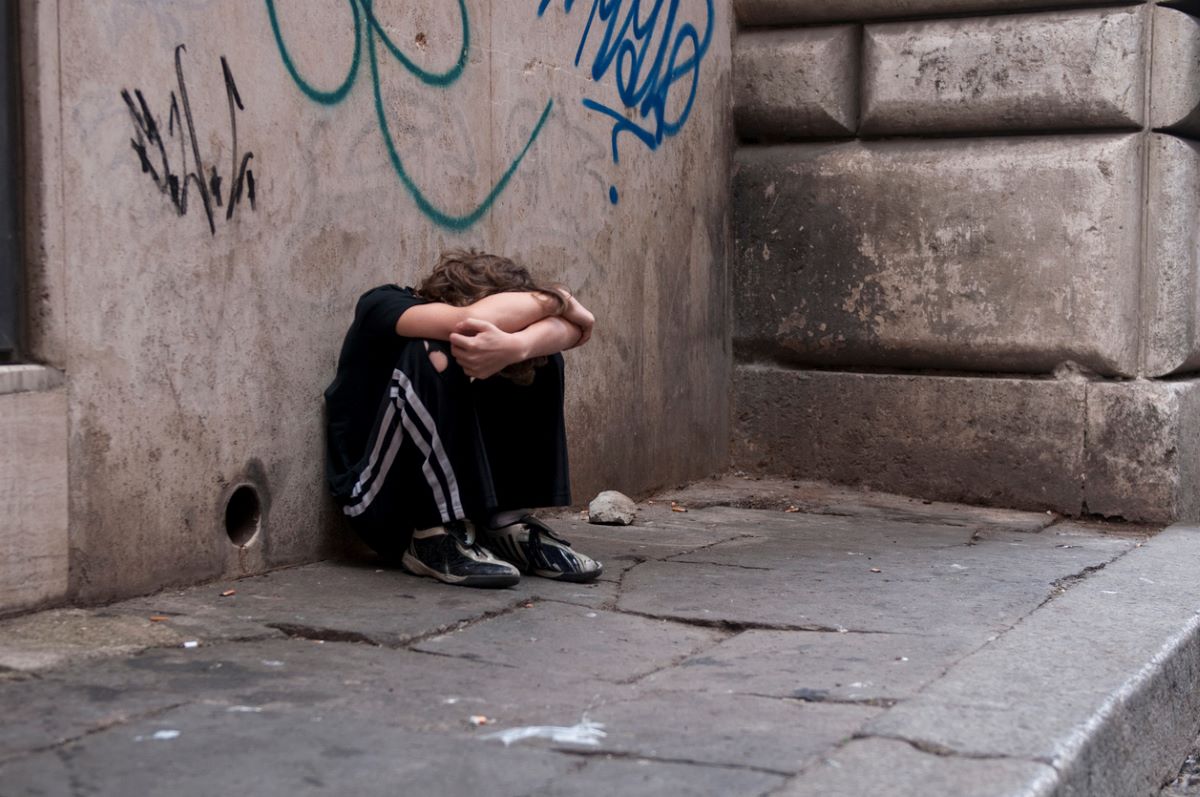Report Found Most States Increased Their Individual Score from 2020 to 2021
According to the latest State Index of Youth Homelessness report, states made “significant progress” on adopting policies that address youth homelessness during the pandemic.
The National Homeless Law Center and True Colors United, a nonprofit advocacy group, created the report. It looks at gaps in state policies that address the challenges of youth homelessness and offers recommendations of how states can improve their systems.
States are also compared against one another using metrics then graded on a 100-point scale. Higher scores indicate that a state is well equipped to address youth homelessness.
More than half of a state’s score comes from 13 metrics that range from policies addressing runaways to the legal rights of youths experiencing homelessness. Scores of 70 points or higher are considered “passing.”
Overall, the report found that the mean score for all 50 states increased by five points up to 57 from 2020 to 2021. Nearly every state saw their individual score increase as well. This year, ten states received a passing grade compared to the seven that passed in 2020.
“We continue to be encouraged and inspired by the young people who are leading the charge in advancing many of the policies measured by the Index,” Gabriela Sevilla, Youth Attorney at the Law Center and one of the study’s authors, wrote in the introduction.
“While this Index will be published toward the midpoint or tail end of the legislative session in most states, we encourage readers of this edition to use it as motivation to find out what policy conversations might be ongoing in your state capitol,” Sevilla continued.
What’s Working?
According to the Index, states that saw their score increase in 2021 had several things in common. For example, these states were all actively making policies that address youth homelessness. They also improved the information about services and programs available to homeless youths on their websites.
Sevilla said she expects this trend to continue “as state governments invest more deeply in their digital presences and adopt user-friendly designs.”
The U.S. Department of Housing and Urban Development (HUD) cited increased transparency as one of the reasons why the number of youths experiencing homelessness dropped by 8.7 percent over the last year, according to its annual report to Congress.
The report also mentions that transparency is a critical component of the response systems in states like Kentucky and California. These states offer homeless youths access to state benefits like Temporary Assistance for Needy Families (TANF) and the Supplemental Nutrition Assistance Program (SNAP).
New Mexico, Maine, and Louisiana saw their scores increase year-over-year. Each received honorable mentions for sheltering many homeless youths from the legal system and providing access to educational opportunities.
“Laws, policies, and systems vary from state to state but can provide important protections and benefits for young people experiencing homelessness—making the exit from homelessness easier and faster and the time spent experiencing homelessness safer,” Sevilla wrote.
How Can States Improve?
Despite the progress made, the report found issues that several states still need to address.
For example, states like Pennsylvania and Ohio still have curfews in place for minor and homeless youths. There are also few opportunities for youths to seek legal independence. These states also do not provide homeless youths with access to higher educational opportunities.
Other states like North Dakota, Rhode Island, and Minnesota received low marks because of the barriers they have in place that keep homeless youths from accessing TANF and SNAP benefits.
One trend that Sevilla and the report’s authors are growing increasingly concerned about is the political rhetoric surrounding transgender youths.
According to previous research from True Colors United, transgender youths are 120 percent more likely to experience homelessness than their cis-gendered peers because of social isolation and family issues.
HUD’s report to Congress also measured a 28 percent increase in LGBTQ+ youths under 24 experiencing homelessness last year.
Meanwhile, several states do not have a policy environment conducive to addressing the challenges of LGBTQ+ youths who are homeless. States along the Bible Belt like Alabama, Arkansas, and South Carolina each received no points for this metric.
How You Can Help
The pandemic proved that we need to rethink addressing youth homelessness in the U.S. It also showed that aid programs work when agencies and service organizations have sufficient funds and clear guidance on spending.
Contact your representatives and tell them you support bolstering programs that support youths aging out of the foster care system. These programs have proven effective at keeping young people housed, which is the first step to ending homelessness.













